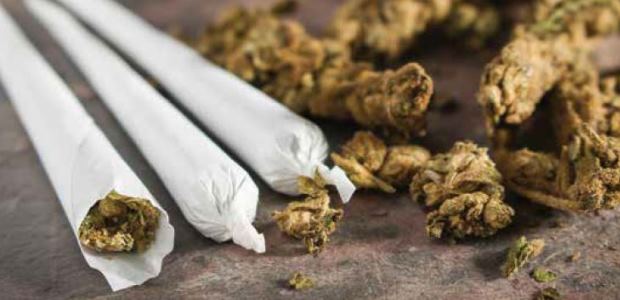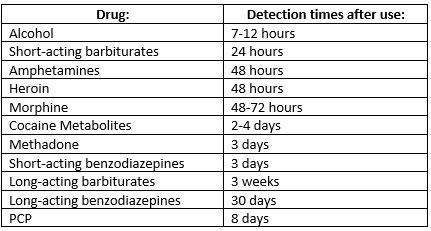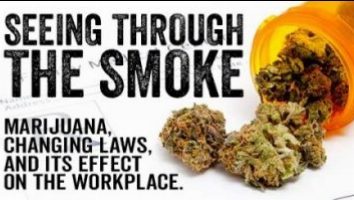

Is pre-employment marijuana testing coming to an end?
ADT President James A. Greer featured in OH&S article
Can Alcohol Show Up In A Urine Test?
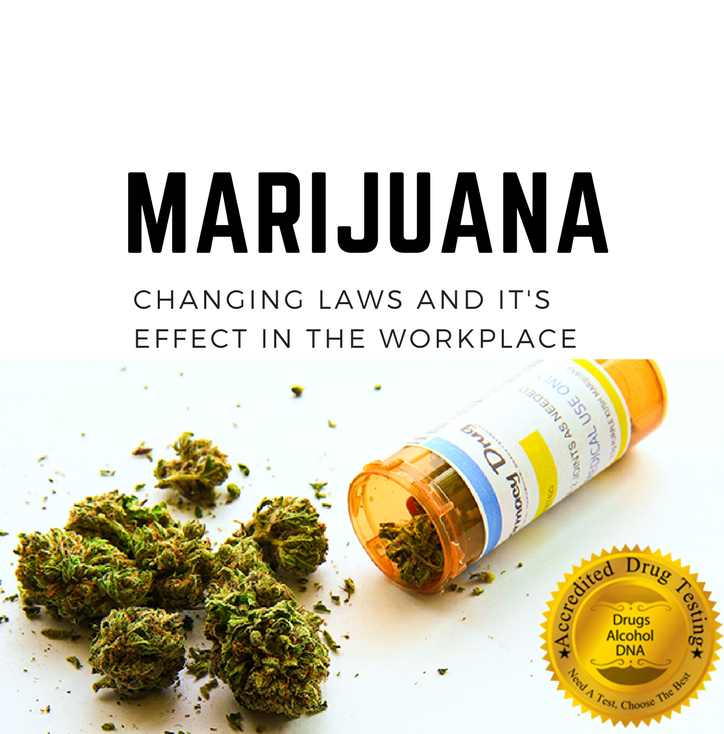
New York City Announces New Law Prohibiting Testing for Marijuana
Weed Breathalyzer Could Be The Device Of The Future!
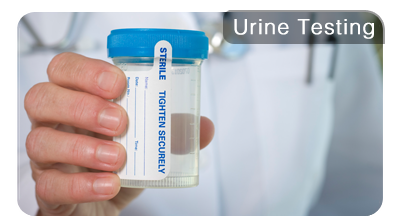
How Far Can A Urine Test Detect Drugs?
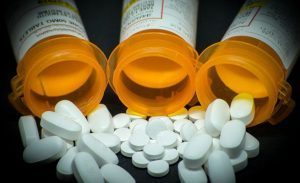
NEW: DOT Published New Drug Testing Rule

Can you fail a drug test for alcohol?
Can You Fail a Drug Test For Alcohol?
The plain and simple answer is yes. If a particular drug testing panel contains alcohol as a marker, it is possible you may fail a drug test for alcohol. Oftentimes employers and individual’s think of drugs and alcohol as one in the same. In fact, both substances have the ability to cause impairment of a person’s mental, physical abilities, cause long-term health issues, and can foster unsafe situations.
Due to the abuse of alcohol and its long-term impact on public safety, society, addiction and health problems, it is common for employers to establish a drug-free workplace testing program that includes both drug and alcohol testing.
Concerns regarding substance abuse and addiction concerns is sweeping the nation and various companies may choose to implement alcohol testing as a deterrent and promote safe and healthy working environments. For this reason, one common question many employers and employees have regarding workplace alcohol and drug tests is, “Does alcohol show up in a drug test?” Let’s find out .
Does Alcohol Show Up In a Drug Test?
As we take a deeper look at if alcohol will show up in a drug test, we find several options. It is important to note that a standard drug test does not test for alcohol. However, alcohol can be included in a drug test if specifically requested. Thus, if you’re interested in testing employees or individuals for both drugs and alcohol, simply consult with your drug testing provider to determine what type of program best meets your needs.
How Can An Employer Test For Alcohol In The Workplace?
The Substance Abuse and Mental Health Services Administration (SAMHSA) recommends testing at the very minimum of the 5 most commonly abused drugs: (amphetamines, THC, cocaine, opiates, and phencyclidine (PCP) as well as alcohol. As stated previously, a standard drug test does not evaluate the presence of alcohol in a person’s system, but many companies elect to include alcohol in their written drug-free workplace policy. The most common form of alcohol testing is a breath alcohol test; however, urine, saliva or hair testing options are available as well. In addition, with the current climate of the opioid epidemic, many companies are requesting their drug test include additional drugs beyond the standard five mentioned above (e.g., adding synthetic opioids and ecstasy).
Which Alcohol Test Is Right For Me?
Let’s dig a little deeper and determine if alcohol will show up in a drug test? If you plan to test for alcohol, it is important to understand the different testing methods available and the amount of time that alcohol is detectable in the human body.
In hair, alcohol is present for up to 90 days. In blood or oral fluid, it is present for 12-24 hours. Finally, in urine alcohol can be present for 6-80 hours (depending on the method used for testing).
The two most common ways an employer can test for the presence of alcohol are through breath and saliva tests:
Breath: This method is the most common method for alcohol testing in the workplace. Breathalyzer is the brand name of the original device and is the one of testing methods that provides a real time result and will measure impairment. The Department of Transportation (DOT) has established strict requirements for the devices used to perform breath alcohol tests. All devices used for DOT alcohol testing must be on the Conforming Products List of the National Highway Traffic Safety Administration. We recommend that employers or individuals only utilize devices that meet these high standards.
Saliva: This detection method detects the presence of ethanol, a by-product of beer, wine, and spirits. Although slightly more expensive than urine tests, saliva tests are easy to perform and can also detect alcohol ingested within the past day or two.
Finally, blood, hair and urine tests are most often used in forensic, legal and civil testing but infrequently in the workplace.
For more information call us today, 800-221-4291
What is the FMCSA Drug and Alcohol Clearinghouse

On December 5, 2016, the FMCSA amended its rule that would establish requirements for commercial driver’s license drug and alcohol clearing house. The Clearinghouse is a secure online database that will allow employers, FMCSA, State Driver Licensing Agencies and State Law Enforcement to access real time access to important information about a CDL Driver drug and alcohol program violations, which will ultimately enhance safety on our Nation’s public roadways.
When must the FMCSA Drug and Alcohol Clearinghouse be used?
There are 2 keys dates with regards to the clearing house. On January 6, 2020, authorized users will be required to complete the actions described in the Clearinghouse final rule. At this time, employers will be required to conduct both electronic queries and traditional manual inquiries with previous employers to meet the three-year time frame, required by FMCSA’s drug and alcohol use testing program. This 3-year time frame is for checking CDL driver violation histories. It is important to note that drivers may also view their own records for information recorded on or after January 6, 2020.
On JANUARY 6, 2023: Once three years of violation data has been reported and stored in the Clearinghouse, employers are no longer required to also request information from the driver’s previous FMCSA-regulated employers under 391.23(e); an employer’s query of the Clearinghouse will satisfy that requirement.
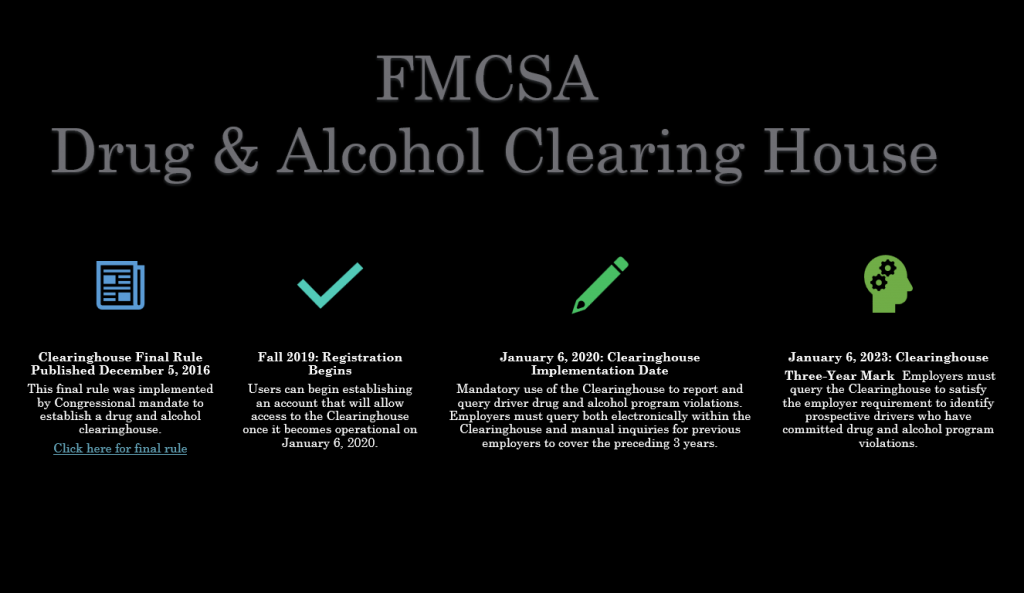
What Information will the FMCSA Drug and Alcohol Clearinghouse Contain?
The FMCSA Clearinghouse will contain information on all CDL driver drug and alcohol program violations.
These violations include:
- Report for duty/remain on duty for safety-sensitive function with alcohol concentration of 0.04 or greater or while using any drug specified in the regulations (Part 40), other than those prescribed by a licensed medical practitioner
- Alcohol use while performing, or within four hours of performing, a safety-sensitive function
- Alcohol use within eight hours of a post-accident alcohol test
- Test positive for use of specified drugs
- Refusing to submit to a required alcohol or drug test
Who will be using the Clearinghouse?
Employer Responsibilities-
Employers must report drug and alcohol violations and check that no current or prospective employee is prohibited from performing safety-sensitive functions, such as operating a CMV, due to a drug and alcohol program violation for which a driver has not successfully completed a Return-To-Duty (RTD) process.
CDL Drivers Responsibilities-
CDL drivers are responsible to view their own record, provide consent to current or prospective employers to access details about any drug and alcohol program violations, and select a Substance Abuse Professional, if needed
Medical Review Officers-
Report verified positive drug test results and test refusals
Substance Abuse Professionals-
Report Return to duty initial assessment and eligibility status for Return to duty testing.
Consortium/Third Party Administrators-
On behalf of an employer, report drug and alcohol program violations and perform driver queries as required
STATE DRIVER LICENSING AGENCIES-
Query the Clearinghouse prior to completing licensing transactions
What drivers or employers will be impacted the FMCSA Clearinghouse?
All CDL drivers who operate CMVs on public roads, and their employers and service agents. This includes, but is not limited to:
- Interstate and intrastate motor carriers, including passenger carriers
- School bus drivers
- Construction Equipment Operators
- Limousine Drivers
- Municipal vehicle drivers (e.g., waste management vehicles)
- Federal and State agencies that employ drivers subject to FMCSA drug and alcohol use testing regulations (e.g., Department of Defense, public transit)

